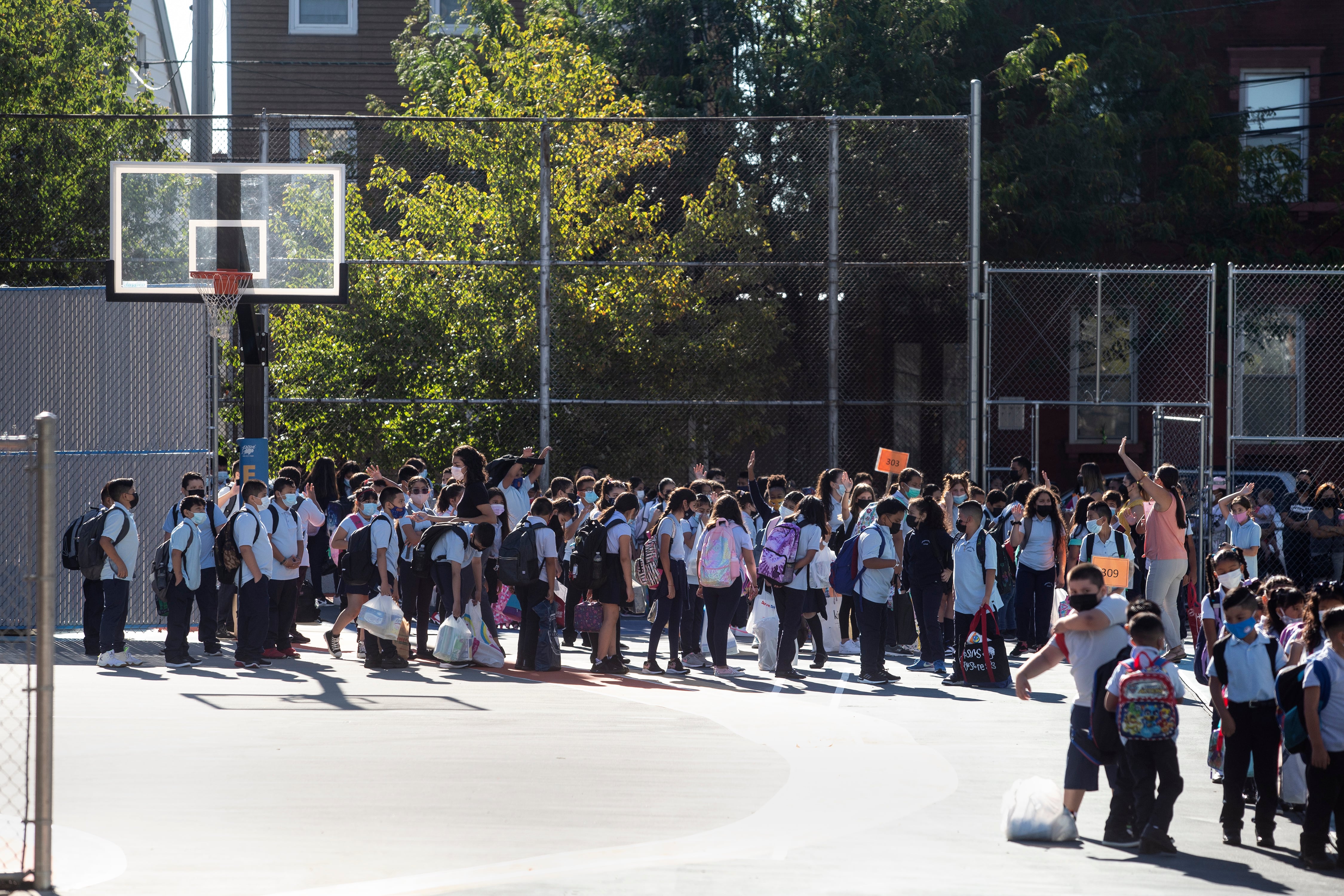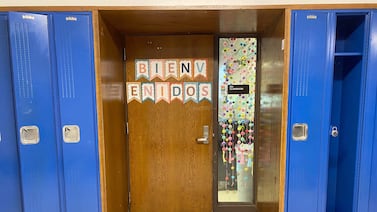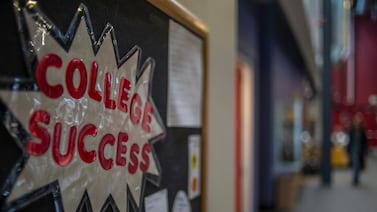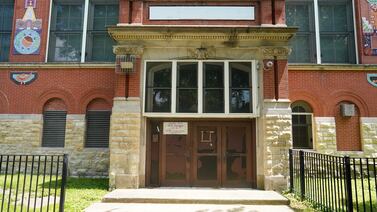Newark and other large New Jersey school systems with majority Black and Hispanic or Latinx students from low-income neighborhoods are the most underfunded districts in the state, which leaves educators struggling to provide quality education, according to a new report.
The report, “New Jersey School Funding: The Higher the Goals, the Higher the Costs,” released Wednesday by the nonpartisan think tank New Jersey Policy Perspective, shows how the state has failed to fully fund its current school-aid formula. It also recommends that the state update its decade-old formula, which was passed in 2008 under the School Funding Reform Act, to account for the needs of today’s students and school standards.
“Put simply, it costs more to achieve more,” said Bruce Baker, a co-author of the report and professor at Rutgers University Graduate School of Education. “It’s time to revisit the formula and recalibrate it for modern times and modern goals.”
The state’s school funding formula determines how state aid is allocated across districts statewide, with the objective being to equalize spending across rich and poor districts. The school funding law says districts with more high-needs students should get more money through a mix of state aid and local revenue.
Since that law was passed in 2008, school standards have become more rigorous and state assessments have become more difficult to pass, the report says. “Yet, many schools are not receiving the level of funding needed to teach to these more demanding standards,” the report says.
Without adequate funding, students have an increasingly difficult time achieving educational success, according to the report.
“New Jersey’s most affluent school districts have the resources they need — and more — to provide a rigorous education,” the report says. “The state’s large, high-poverty districts, however, have far less funding than needed to meet the same exacting standards.”
Without fully funding the school-aid formula, Newark could be getting shortchanged by about $15,650 per student, based on statistical data, the report says. The spending gap per student ranges across the large districts from $2,275 in Clifton to nearly $22,000 in Trenton the report shows.
“We know that students in poverty and students with limited English proficiency need more resources to equalize their educational opportunity,” said Mark Weber, a co-author of the report and education policy special analyst at the think tank. “You’ve got kids who need more resources and communities that are less able to provide them through local revenue — that’s when the state must step in.”
He added that the state is “demanding a higher level of performance from its students and its teachers. But schools can’t meet high standards if they don’t have the necessary resources.”
More funding could result in smaller class sizes, more individualized instruction, better remediation for struggling students, and the latest technology — “all the things necessary for students to meet more ambitious goals,” Weber said.








